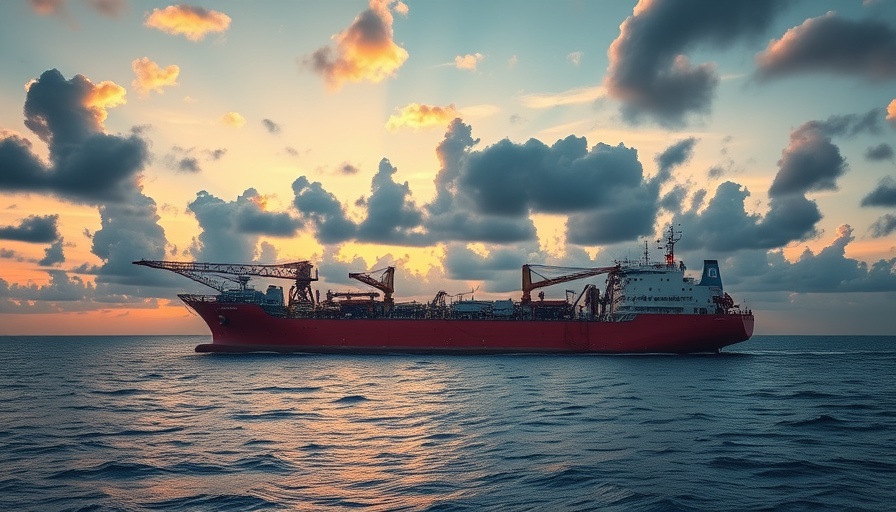
Understanding the Milestone: C-Innovation's Decommissioning of the Joliet TLP
C-Innovation (C-I), a subsidiary of Edison Chouest Offshore, has recently achieved a significant milestone in offshore engineering by successfully wrapping up the decommissioning of the Joliet tension leg platform (TLP) in the Gulf of America. This platform holds the title of being the oldest TLP in the region, having been installed back in 1989 in depths of 1,725 feet. The completion of this project not only underscores C-I's capabilities but also highlights the ongoing evolution of the offshore energy industry.
Behind the Scenes: What the Decommissioning Entailed
The decommissioning project was no small feat. Utilizing the multipurpose support vessel (MSV) Island Venture, C-I facilitated a series of intricate tasks. This included cutting two flexible risers, one 8-inch and another 10-inch, and abandoning them at a predetermined location on the seafloor. Additionally, 12 mooring tendons, each stretching over 1,700 ft, were meticulously detached from the Joliet TLP. These tendons were dissected into manageable sections and subsequently transported for further processing onshore.
The Importance of Safety and Efficiency in Offshore Operations
Safety was paramount in this operation, overseen by C-Survey, a division of C-I, which coordinated efforts with the Joliet TLP and its positioning tugboats. George Wilson, the project manager, praised the team's ability to complete the operation ahead of schedule—36 days instead of the initial 26-day contract. This efficiency is a testament to careful planning and strong offshore leadership, reflecting the high standards set within the industry.
The Significance of Decommissioning Projects
Decommissioning activities are crucial within the oil and gas sector, particularly as older facilities reach the end of their operational lifespan. These projects not only ensure environmental safety but also pave the way for future developments in the energy sector. As C-I sets the precedent for successful decommissioning, it signals a commitment to sustainable energy practices that align with global environmental goals.
Future Trends in Offshore Decommissioning
Looking ahead, the offshore industry could see a trend towards increased decommissioning as older structures become obsolete. This shift not only presents opportunities for innovative technologies but also mandates stringent environmental assessments to mitigate risks. C-I's recent project serves as a case study in effective decommissioning practices, providing insights into best practices that can be adopted industry-wide.
Conclusion: The Road Ahead
The decommissioning of the Joliet TLP is a significant development for C-Innovation and the Gulf of America region. As the oil and gas industry continues to adapt and evolve, the principles of safety, efficiency, and environmental stewardship must remain at the forefront. As we anticipate further advancements in decommissioning practices, it's essential for industry stakeholders to embrace these changes for a sustainable future.
 Add Row
Add Row  Add
Add 




Write A Comment